
PUMPA - SMART LEARNING
எங்கள் ஆசிரியர்களுடன் 1-ஆன்-1 ஆலோசனை நேரத்தைப் பெறுங்கள். டாப்பர் ஆவதற்கு நாங்கள் பயிற்சி அளிப்போம்
Book Free DemoPreviously we have learnt about the internal structures of the plants (their cells and tissues). But we don't know that what are the functions of these structures. This topic will help us to clear our doubts regarding this.
Plant Anatomy and Plant Physiology:
What is plant anatomy?
The study of the internal structures of plants is known as plant anatomy.
What is plant physiology?
The branch of study in Botany dealing with the physiological processes or functions of plants is known as plant physiology.
Plant physiology is a descriptive study of plant variation and structure at the molecular and cellular level that leads to ecological, physiological, and biochemistry-related elements of plant investigation.
Plant physiology is the study of plant structures and their functions. It allows researchers to study plant activities such as photosynthesis, mineral nutrition, respiration, transportation, and, eventually, plant development and growth, all of which are characteristics of living organisms.
Julius Sachs is known as the 'father of plant physiology'.
A glimpse of the various cell organelles of plant cell and their functions:
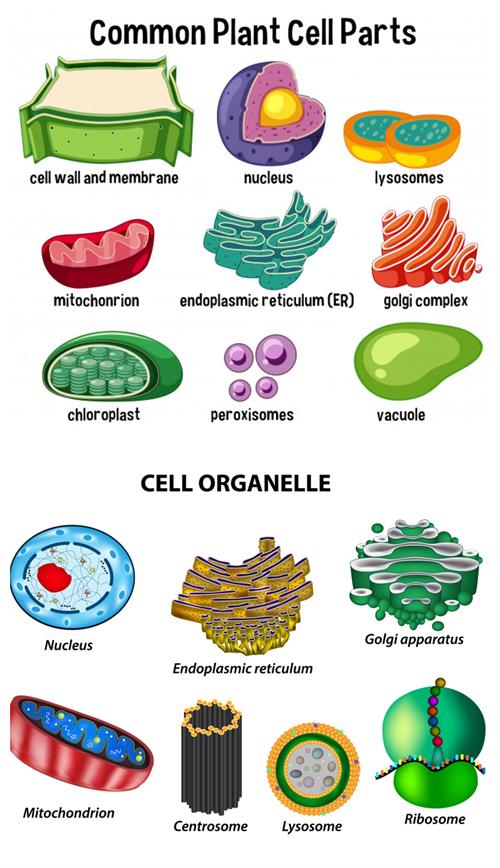
The cell organelles found in a plant cell
1. Endoplasmic reticulum:
These are the membrane line channels that run through the cytoplasm. As learnt in the lower grades, they are of two types based on the membranes (rough ER and smooth ER). The rough ER (RER) is the site for protein synthesis, and the smooth ER is the site for lipid synthesis.
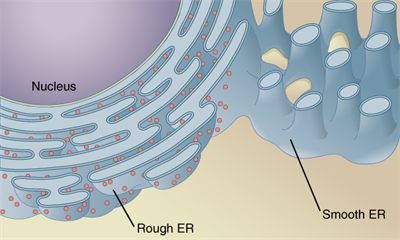
Picture depicting the rough and smooth endoplasmic reticulum
2. Golgi apparatus:
It consists of a system of membrane-bound fluid-filled vesicles connected with the membranes of the Endoplasmic reticulum.
This system is involved in the storage, modification and packaging of the products of ER. They are also involved in the formation of the cell wall and plasma membrane.
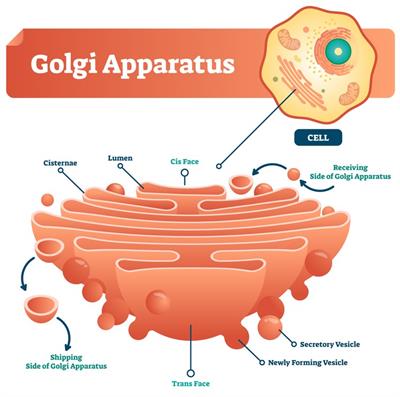
Golgi complex
3. Vacuoles:
The essential materials of the cells such as water, sugars, minerals and amino acids are stored in the cell organelle called a vacuole.
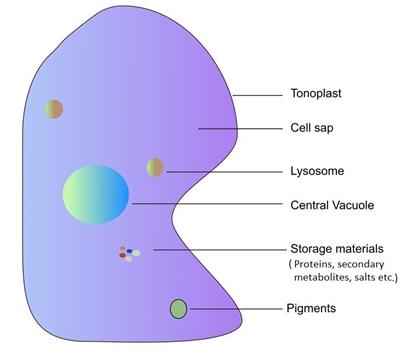
Vacuoles
4. Ribosomes:
These are the bead-like structures studded on the rough endoplasmic reticulum (RER) of the plant cell.
They are essential for the structure, function, and regulation of the body's tissues and organs, and they do most of their work in cells. For example, the synthesis of proteins inside a cell is done by Ribosomes.
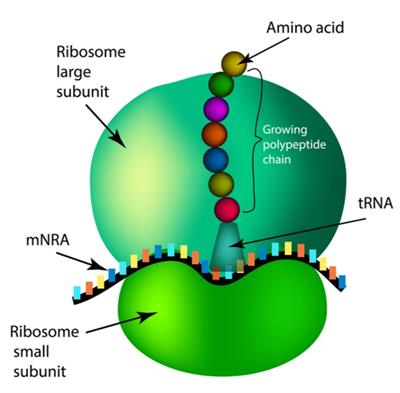
Ribosomes
5. Plastids:
These are the cell organelles that are responsible for the different colours of the plant and facilitates photosynthesis.
6. Mitochondria
These are double membrane-bound cell organelles in which the energy currency of the cell ATP is generated from glucose.
Important!
In this topic we will be mainly focusing on the cell organelles plastids, mitochondria and their physiological functions.
Do you know from where do the mitochondria and plastids come?
To know this refer the next theory.